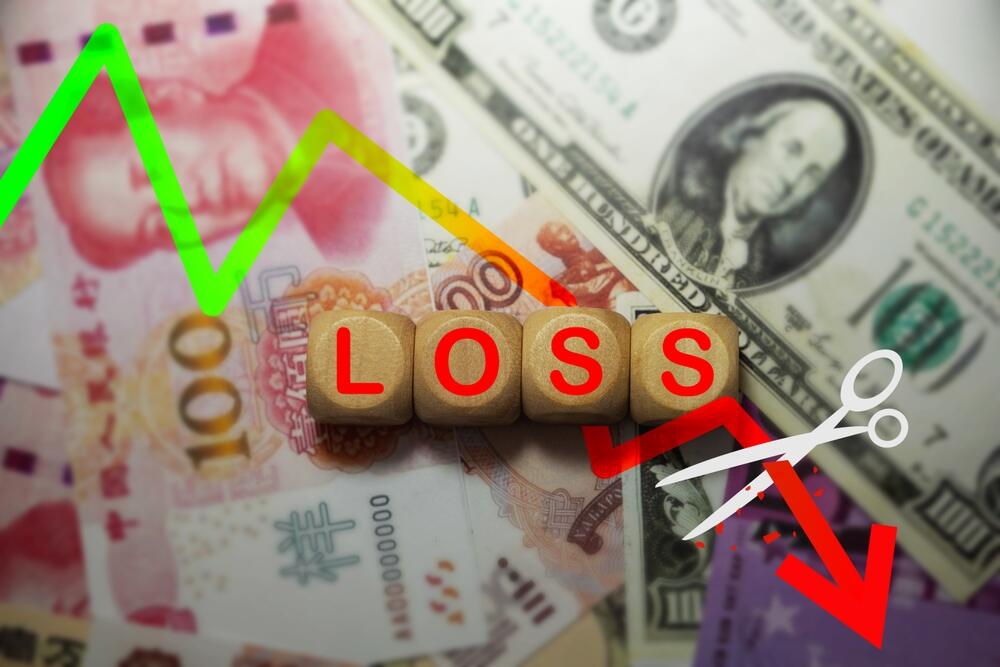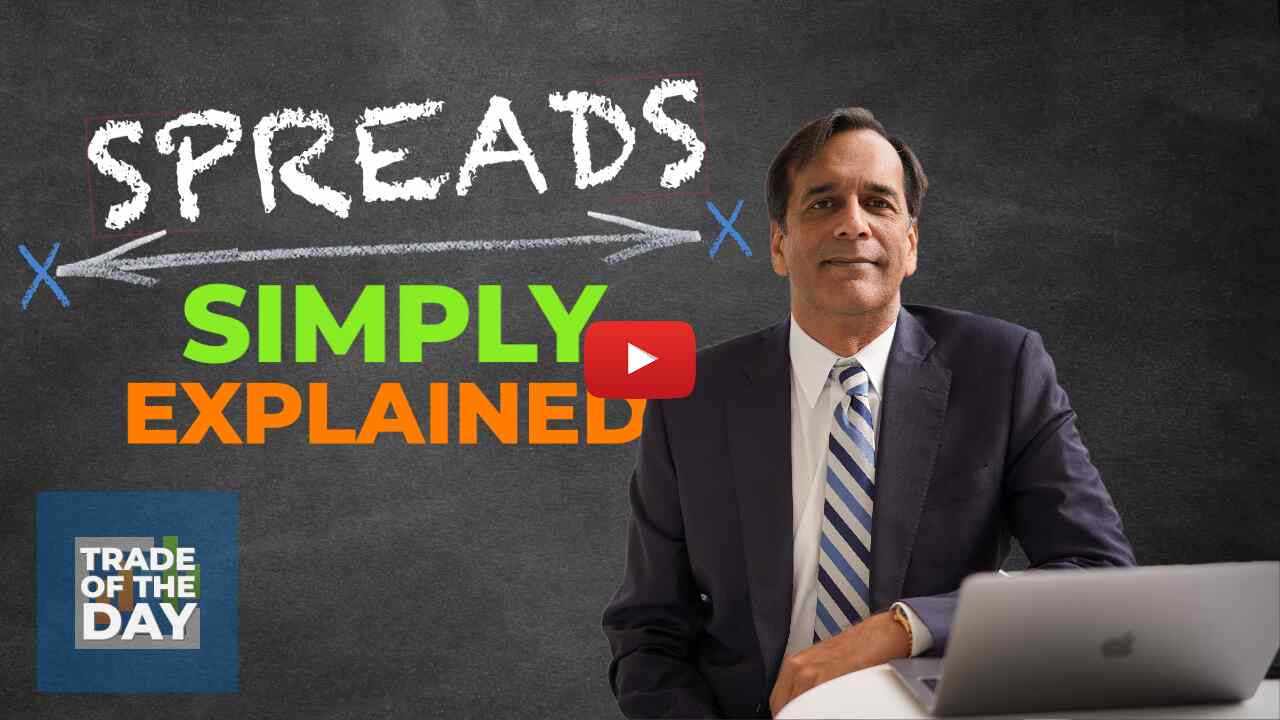How to Make Money in a Down Market With ProShares UltraShort Dow30 ETF and ProShares UltraShort QQQ
For the past decade, the market has taught investors nothing about hedging. In fact, it’s taught the opposite…
“Buy the dip” has been the constant mantra on Wall Street. After all, it’s the stockbrokers bread-and-butter phrase used to sell you things, even if you don’t need them.
Since 2010, the market has had only a handful of days where it’s fallen by 3% or more. This is the first year since 2011 that it’s fallen by 3% more than four times (it’s happened five times so far in 2020).
While such swings are huge and can impact investor confidence, they pale in comparison to 2008 and 2009, when the markets experienced more than 50 such swings in two years.
Preparing for these moves in advance is not an exercise most people participate in. After the fact, it’s painfully obvious who prepared and who didn’t. But time heals a lot of wounds, and investors have seen from history that even if they bought at the absolute top before every major correction, they would still be way ahead of the game a few months or years later.
The caveat here is that investors should not have sold; they should have hung on to their positions. Those who sell at the bottom are out of luck on all counts.
If you’re in need of a strategy, there are ways to hedge your bets in advance and during a corrective phase. These hedges will make you money or balance your portfolio so that the swings won’t really impact you.
The most obvious hedge strategy is shorting the market by using put options on individual stocks or indexes. This is pure insurance that will cost you money unless the market falls.
Another way to hedge is to buy investments that historically move higher when the markets move lower, like gold and other precious metals.
A third option is to sell covered call options against stocks you own. By selling the options, you pull in premium, which offsets your cost and provides income. But by doing so you are limiting your potential upside.
Lastly, another hedge strategy is to trade “ultra” ETFs that move opposite of the market during corrective and recovery phases.
Over the past few days, Bryan has been racking up gains using options on the ProShares UltraShort Dow30 ETF (NYSE: DXD) and the ProShares UltraShort QQQ (NYSE: QID), which move inverse to the moves of the Dow and Nasdaq, respectively. Hardly a day has gone by without him racking up a gain on one or the other, proving that you can make money even in a down market!
Bryan is now five for five on the ProShares UltraShort Dow30 ETF since last week.
- DXD March 20 $23 Calls | 28.57% | 2/25/2020
- DXD March 20 $24 Calls | 30.48% | 2/25/2020
- DXD March 20 $25 Calls | 18.42% | 2/26/2020
- DXD March 20 $27 Calls | 23.13% | 2/27/2020
- DXD March 20 $28 Calls | 90.71% | 2/28/2020
Action Plan: There are many ways to hedge your bets.
If preserving capital is high on your list, then stay in cash. You won’t lose money to anything but inflation.
You can play volatility by understanding the ranges and when and what to trade. I just made a trade like this earlier in the week.
Tomorrow I will go over exactly what I did and how you can do the same right here in The War Room!
More from Trade of the Day
Warning: Trade This Notable Sentiment Shift
Apr 22, 2024
Why Next Week Could Be Big (Special Offer Inside)
Apr 19, 2024
When it Comes to Positioning – Size Matters
Apr 18, 2024
The One Strategy I’m Leaning on in a Choppy Market
Apr 18, 2024

























